Do You Still Need to Use a Data Destruction Service for SSDs?
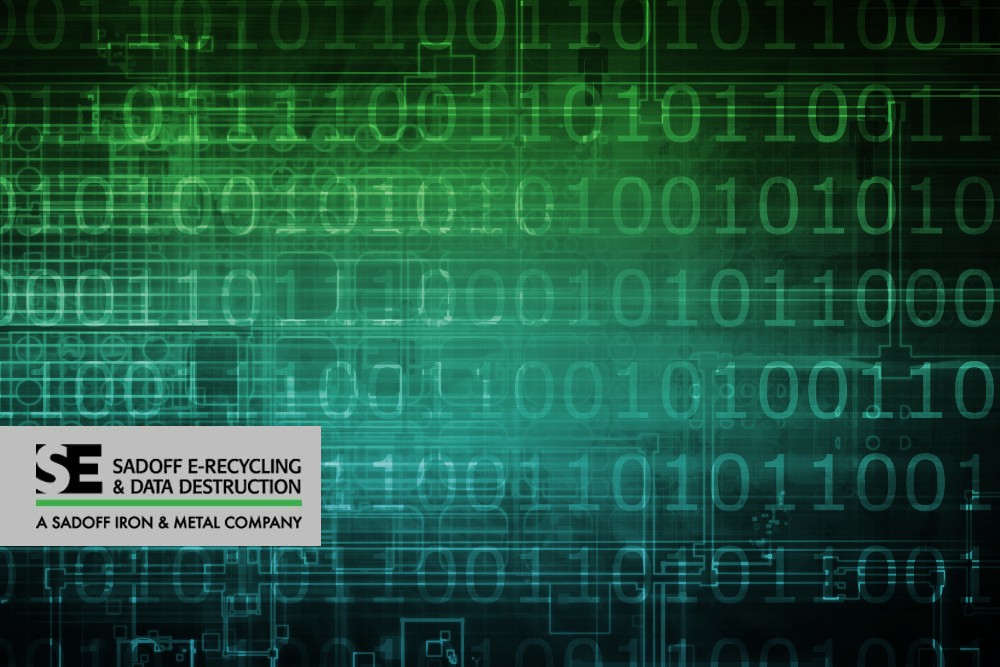 7
7 Feb
You may have heard that HDDs and SSDs handle data very differently. You may even be familiar with how data is handled and even erased for good on an HDD—the answer isn’t just a simple formatting—but what about SSDs? Do you still need to use a data destruction service for SSDs? Sadoff has the answers for you.
What Makes HDD So Susceptible to Data Recovery?
You’ve likely seen the inside of an HDD before, if not in person then in graphics, ads, or media. It actually looks like a stack of CDs on a spindle, and that is not far from the truth. An HDD stores data much like a CD would. In an HDD they are called platters and they store everything in magnetic bumps that can be read as 1s or 0s.
When you format a drive like this normally, you are just marking all data as available for writing. This means that all your old data is still intact and easily recoverable. You would think that you could just write all 1s or all 0s to solve this, but a good program would still be able to read the remnants of data underneath. The best solution is to write over all the data, multiple times, with random data. Think of it like adding static over an image. Even with a lot of static, you can still make out what the image is, but with enough static, it will be unrecognizable.
Does the Same Process Work on SSDs?
 Instead of storing data physically SSDs store data electronically. Interestingly, SSDs are prone to failure, but it’s not a failure you would ever notice. Each cell of data can fail during a write. To work around this SSDs actually have more storage available than what even your computer can see.
Instead of storing data physically SSDs store data electronically. Interestingly, SSDs are prone to failure, but it’s not a failure you would ever notice. Each cell of data can fail during a write. To work around this SSDs actually have more storage available than what even your computer can see.
Every time you save a file, even an old file you are resaving, the SSD will save it to one of these reserved spots, making it available again to your system. Then it takes the old spot, with your old data intact, reserves it making it inaccessible to your computer, and marks it for overwriting.
Unfortunately, this means that doing a mass overwrite with random data—like you would with an HDD— would lower the lifespan of your SSD, and since it’s the SSD that decides where data is written and not your computer, some spots may never get overwritten at all.
For this reason, special software is required to ensure that all data is properly left in an unrecoverable state while ensuring that the drive remains usable. What’s more, the best software to use may vary from brand to brand, further complicating the process.
Why Would You Need to Wipe Your SSDs?
We understand that question. If you just want to use the drive again internally, it may seem like a hassle, but there are a lot of reasons even internal use can be bad for business. You could inadvertently give access to sensitive corporate or even personal data to a new employee.
Moreover, if you just don’t want the SSD anymore, there is a healthy secondary market for most of the, but you wouldn’t want to sell them with data that could cause your company harm. The safest drive to handle, whether for other employees, storage, or for sale, is a blank one.
Top 5 Reasons to Use a Data Destruction Service
Can a Professional Wipe Your SSDs?
Of course! That’s where Sadoff comes in. We have been professionally wiping hard drives for years and have experience with all manner of data drives including both HDDs and SSDs. We can also handle both digital data destruction—which is what we have been talking about here—and physical data destruction also known as shredding. Reach out to us for a quote today!
Categorized in: Data Security



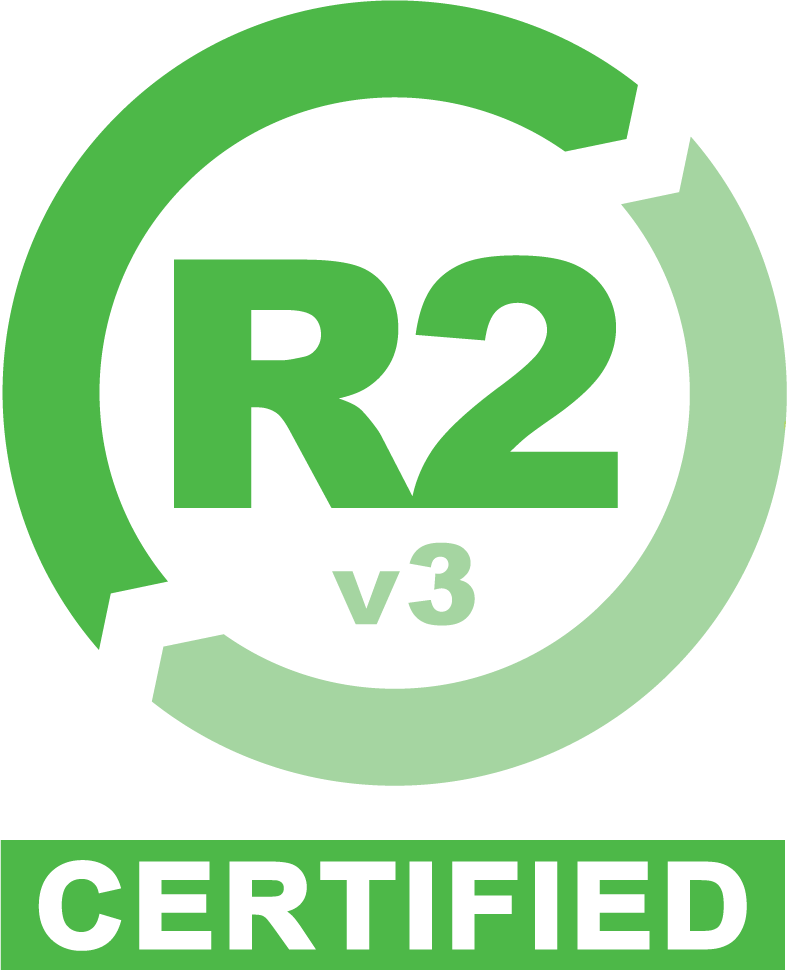
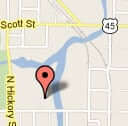 Google map directions
Google map directions
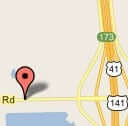 Google map directions
Google map directions
 Google map directions
Google map directions
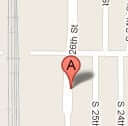 Google map directions
Google map directions
 Google map directions
Google map directions
 Google map directions
Google map directions
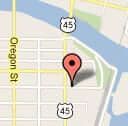 Google map directions
Google map directions